(Many of the links in this article redirect to a specific reviewed product. Your purchase of these products through affiliate links helps to generate commission for HomePressureCooking.com, at no extra cost. Learn more)
Table of Contents
Making hard boiled eggs can be straightforward once you know the steps. Whether you’re preparing them for breakfast, a salad, or just a healthy snack, hard boiled eggs are versatile and nutritious. Here’s a comprehensive guide to making hard boiled eggs perfectly every time.
Why Make Hard Boiled Eggs?
Hard boiled eggs are an excellent source of protein, vitamins, and minerals. They are easy to prepare and can be used in various dishes. Plus, they are portable and convenient for on-the-go snacks.
Read more: Hard Boiled Egg Recipe
Ingredients and Tools Needed
Before diving into the process, gather the necessary ingredients and tools:
- Eggs: Fresh eggs are preferred.
- Water: Enough to cover the eggs completely.
- Salt: Optional, to add to the water.
- Vinegar: Optional, helps with peeling.
- Large pot: To boil the eggs.
- Bowl of ice water: For cooling the eggs quickly.
Step-by-Step Instructions
1. Choose the Right Eggs
- Select fresh eggs, preferably not too old.
- Older eggs are easier to peel but may have a less vibrant yolk.
2. Prepare the Pot
- Place the eggs in a single layer at the bottom of a large pot.
- Add enough water to cover the eggs by about an inch.
Read more: Casserole Recipe with Hard Boiled Eggs
3. Add Salt and Vinegar (Optional)
- Adding a teaspoon of salt can help prevent cracking.
- A tablespoon of vinegar can make peeling easier.
4. Boil the Water
- Turn the heat to high and bring the water to a full rolling boil.
- Once boiling, reduce the heat to a gentle simmer.
5. Simmer the Eggs
- For hard boiled eggs, simmer for 9-12 minutes.
- 9 minutes: Slightly creamy yolk.
- 12 minutes: Fully firm yolk.
6. Cool the Eggs Quickly
- Immediately transfer the eggs to a bowl of ice water.
- Let them sit for at least 5 minutes to stop the cooking process.
Read more: Instant Pot Hard Boiled Eggs Recipe
7. Peel the Eggs
- Gently tap the eggs on a hard surface to crack the shell.
- Start peeling from the larger end where there is usually an air pocket.
- Rinse under running water to remove any small shell pieces.
Tips for Perfect Hard Boiled Eggs
- Room Temperature Eggs: Let eggs sit at room temperature for 10-15 minutes before boiling to reduce the risk of cracking.
- Single Layer Cooking: Avoid stacking eggs to ensure even cooking.
- Consistent Simmering: Maintain a gentle simmer instead of a rapid boil to prevent rubbery whites.
- Ice Bath Importance: This step is crucial for easy peeling and preventing the green ring around the yolk.
Uses for Hard Boiled Eggs
1. Breakfast
- Enjoy hard boiled eggs with a sprinkle of salt and pepper.
- Slice and add to avocado toast.
Read more: Tuna Salad with Hard Boiled Eggs Recipe
2. Salads
- Chop and add to green salads, potato salads, or pasta salads.
- Make classic egg salad with mayonnaise, mustard, and seasonings.
3. Snacks
- Pack as a protein-rich snack for work or school.
- Pair with fruits and nuts for a balanced snack box.
4. Appetizers
- Deviled eggs: Mix yolks with mayo, mustard, and spices, then pipe back into whites.
- Slice and serve on a charcuterie board.
Storage and Safety
Read more: Air Fryer Hard Boiled Eggs Recipe
1. Refrigeration
- Store unpeeled hard boiled eggs in the refrigerator for up to a week.
- If peeled, place in an airtight container with a damp paper towel to keep them moist.
2. Handling
- Keep eggs refrigerated until ready to eat.
- Avoid leaving eggs at room temperature for extended periods.
Troubleshooting Common Issues
1. Cracked Shells
- Use room temperature eggs to minimize cracking.
- Avoid crowding the pot to prevent jostling.
2. Difficult Peeling
- Use older eggs, as they tend to peel easier.
- Add vinegar to the boiling water.
3. Green Ring Around Yolk
- This is caused by overcooking.
- Ensure to cool eggs rapidly in ice water to prevent this.
Nutritional Benefits of Hard Boiled Eggs
Hard boiled eggs are packed with protein, essential amino acids, vitamins B2, B6, B12, and D, as well as minerals like zinc, iron, and copper. They are low in calories and provide a good balance of fat and protein, making them an excellent addition to any diet.
Protein Power
- Each hard boiled egg contains about 6 grams of protein, supporting muscle repair and growth.
Read more: Instant Pot Hard Boiled Eggs Recipe Guide
Healthy Fats
- Eggs provide healthy fats, including omega-3 fatty acids, beneficial for heart health.
Vitamins and Minerals
- Vitamin D in eggs supports bone health and immune function.
- Iron in eggs helps transport oxygen throughout the body.
Creative Recipes with Hard Boiled Eggs
1. Classic Egg Salad
- Ingredients: Hard boiled eggs, mayonnaise, mustard, celery, salt, pepper.
- Instructions: Chop eggs, mix with other ingredients, and serve on bread or crackers.
2. Avocado Egg Salad
- Ingredients: Hard boiled eggs, mashed avocado, lime juice, salt, pepper.
- Instructions: Combine ingredients, mix well, and enjoy on toast or as a dip.
3. Curried Deviled Eggs
- Ingredients: Hard boiled eggs, mayonnaise, curry powder, mustard, salt, pepper.
- Instructions: Mix yolks with other ingredients, pipe into egg whites, and garnish with chives.
4. Nicoise Salad
- Ingredients: Hard boiled eggs, mixed greens, tomatoes, olives, tuna, potatoes, green beans, vinaigrette.
- Instructions: Arrange ingredients on a plate, drizzle with vinaigrette, and serve.
5. Scotch Eggs
- Ingredients: Hard boiled eggs, sausage meat, breadcrumbs, oil.
- Instructions: Wrap eggs in sausage meat, coat in breadcrumbs, and fry until golden brown.
Read more: Soft Boiled Eggs Microwave Recipe
Conclusion
Making hard boiled eggs is a simple process with a multitude of benefits. From providing essential nutrients to being a versatile ingredient in various recipes, hard boiled eggs are a valuable addition to any meal plan. By following these steps and tips, you’ll achieve perfectly cooked eggs every time, ready to be enjoyed in countless delicious ways.


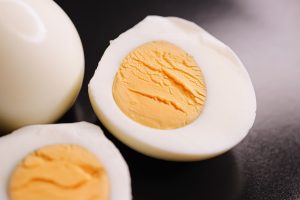
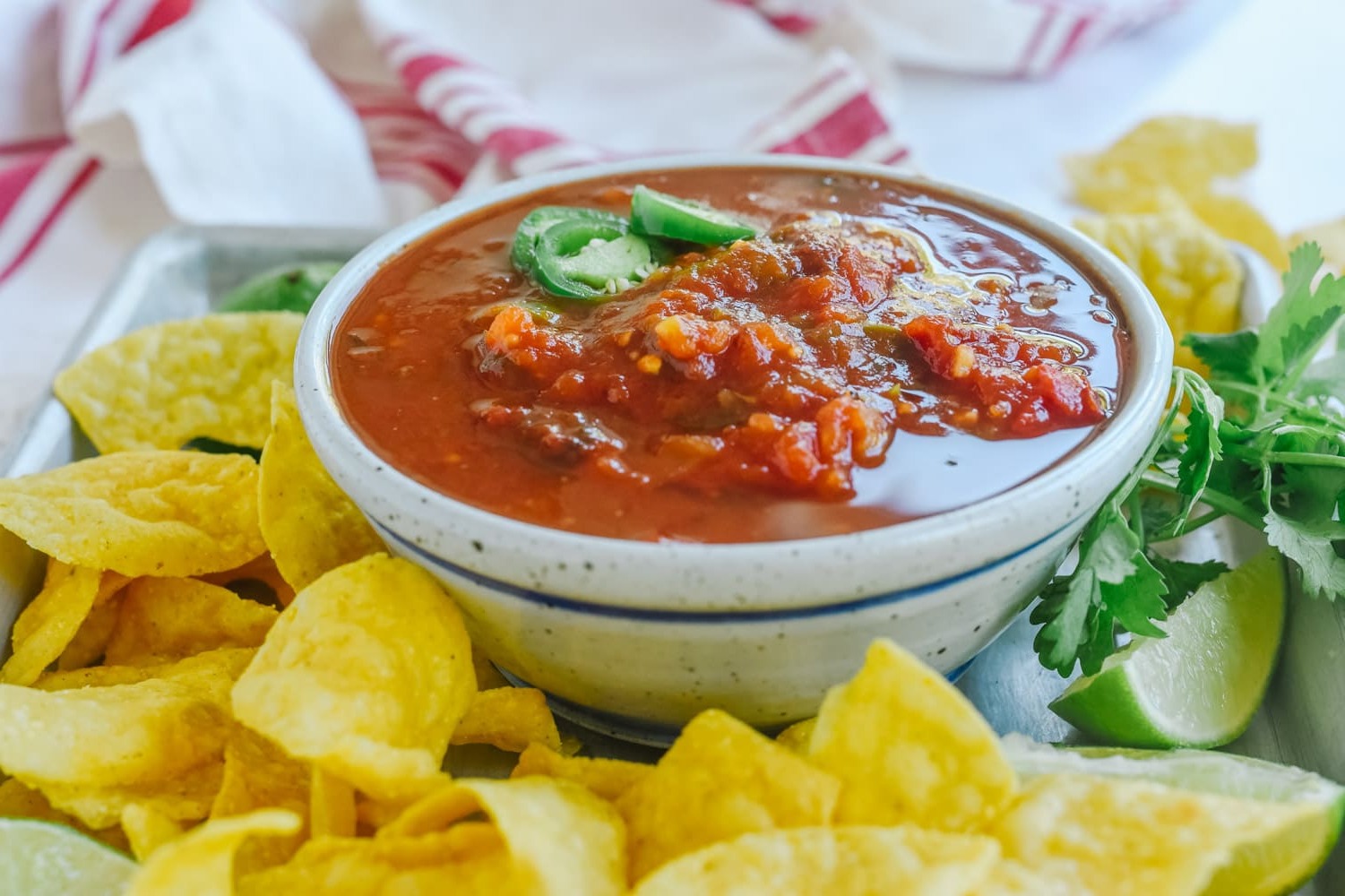
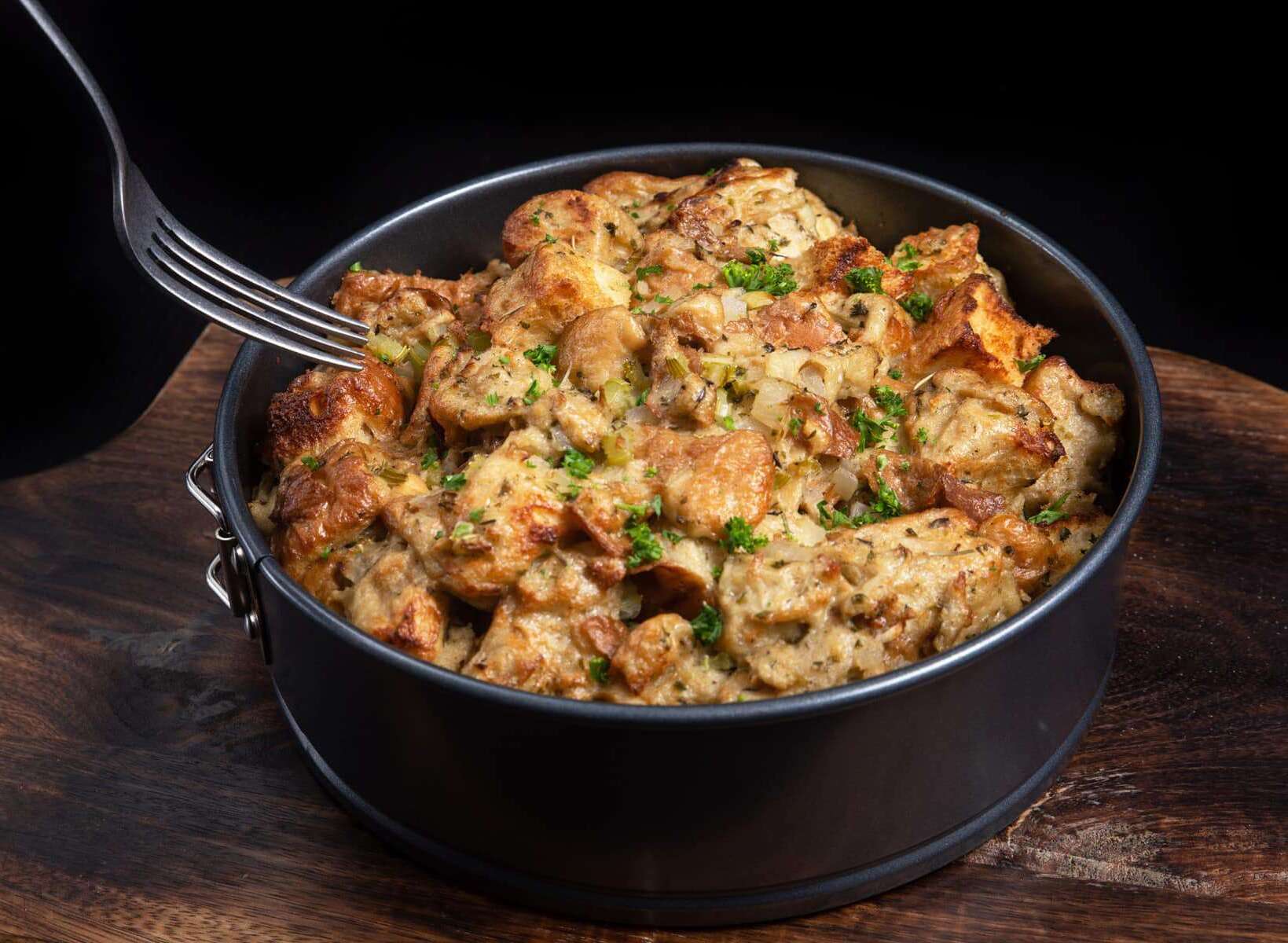
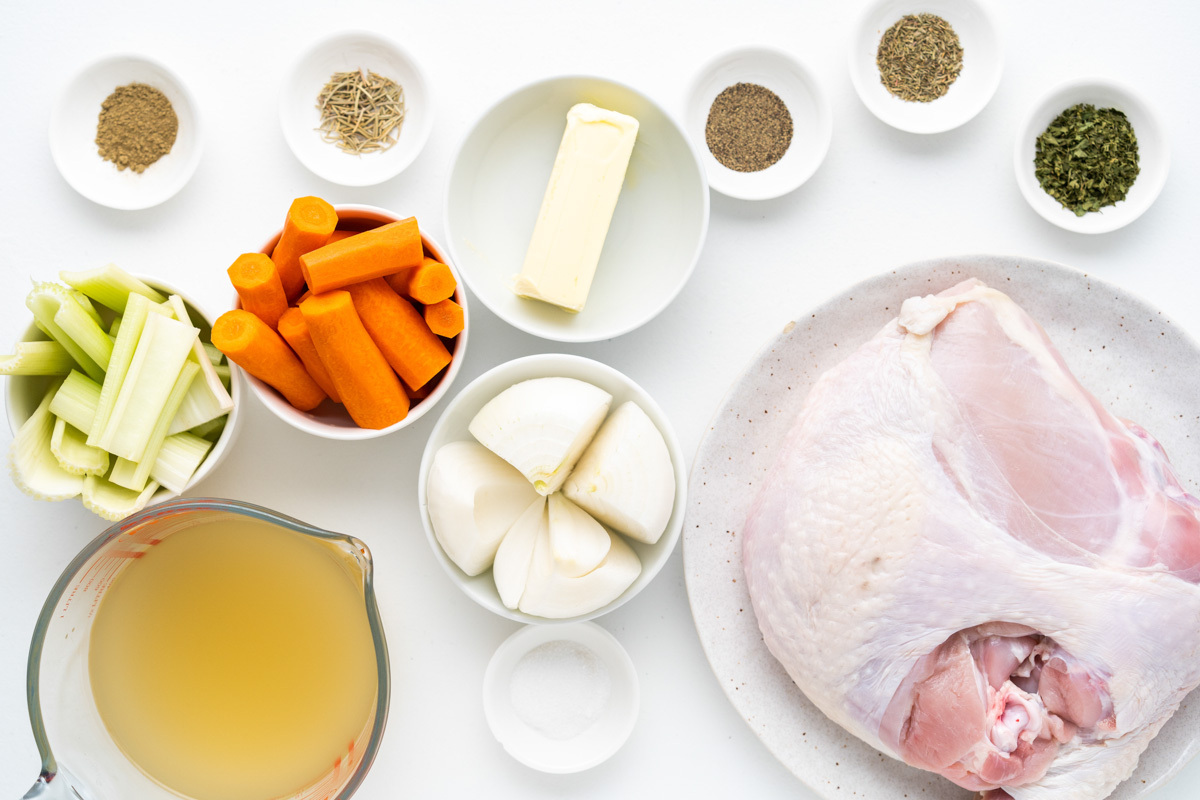
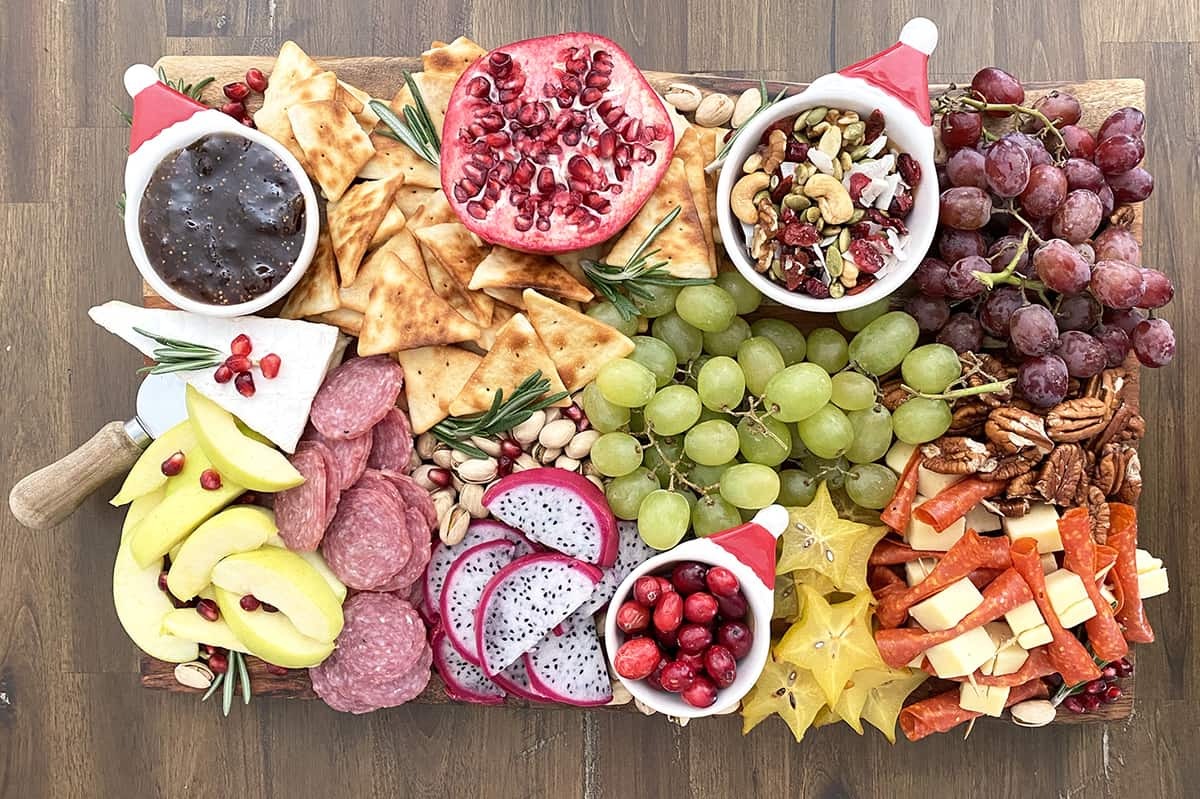
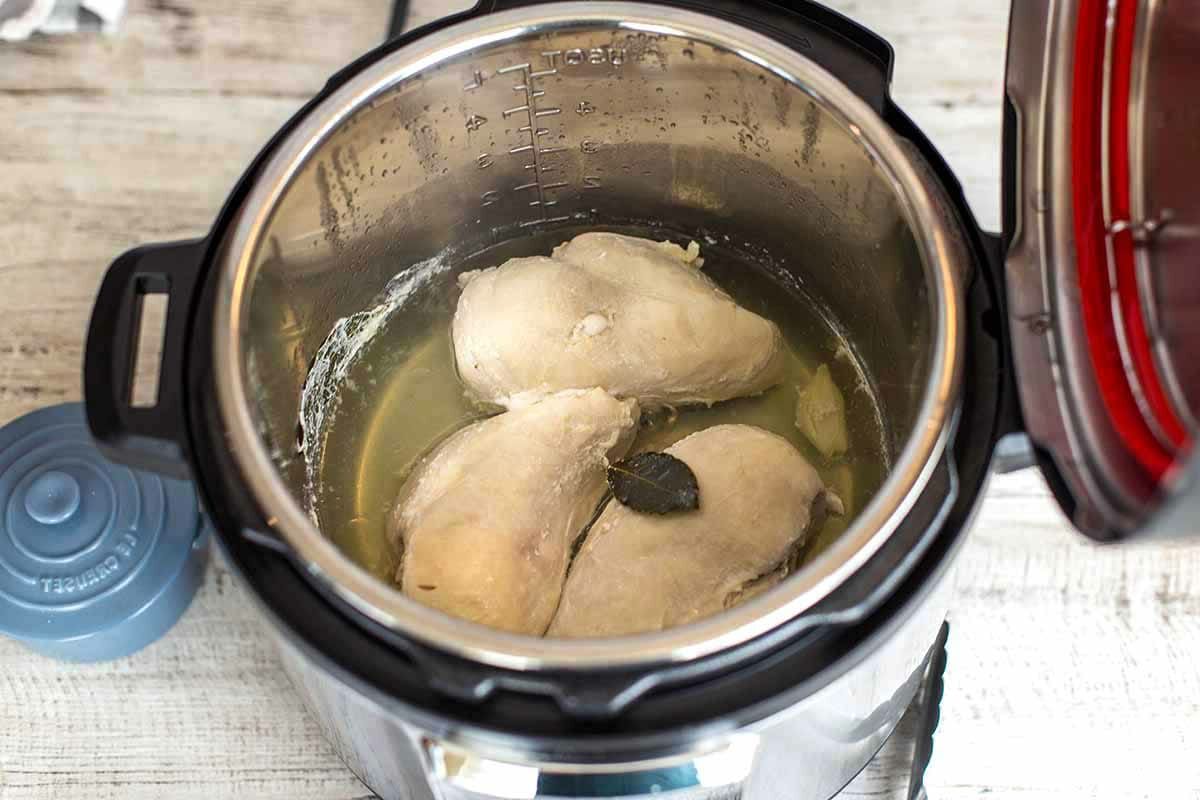
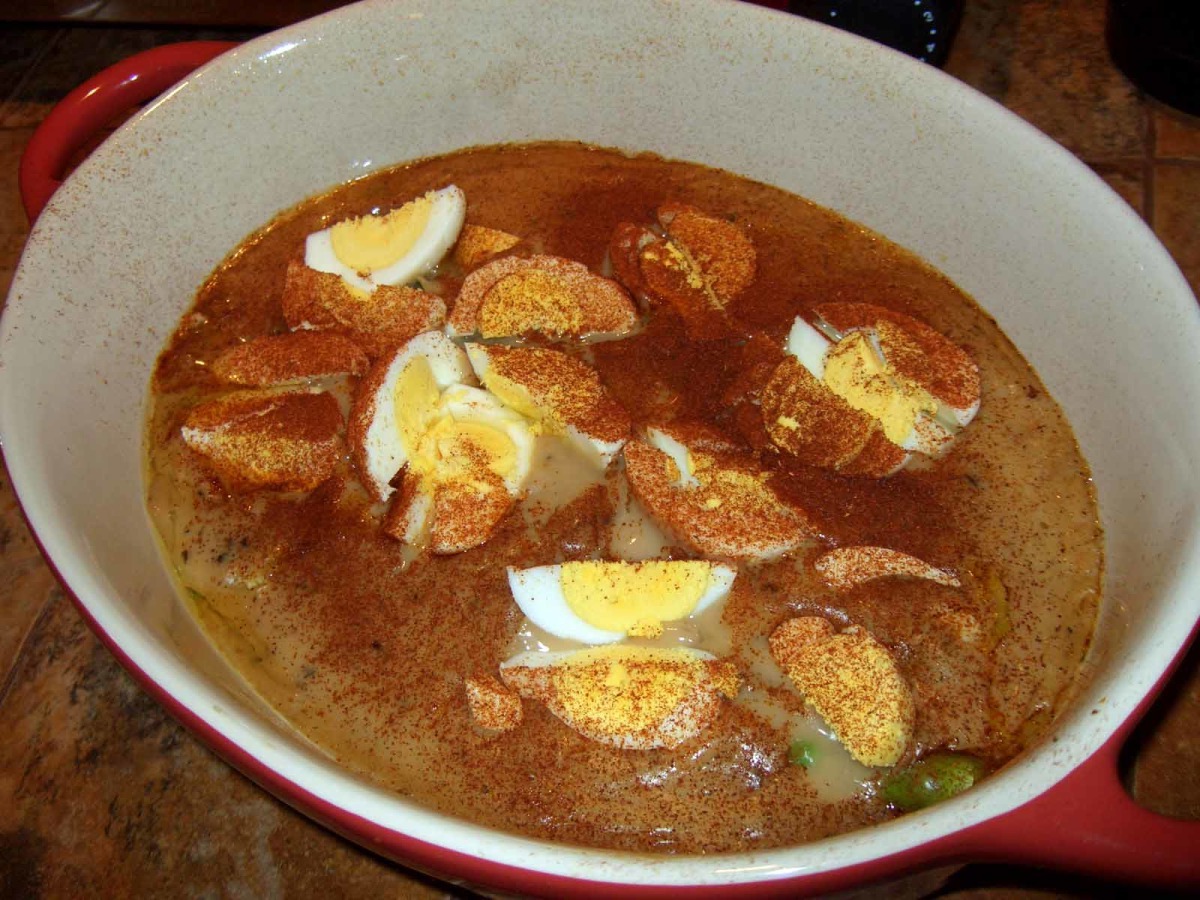
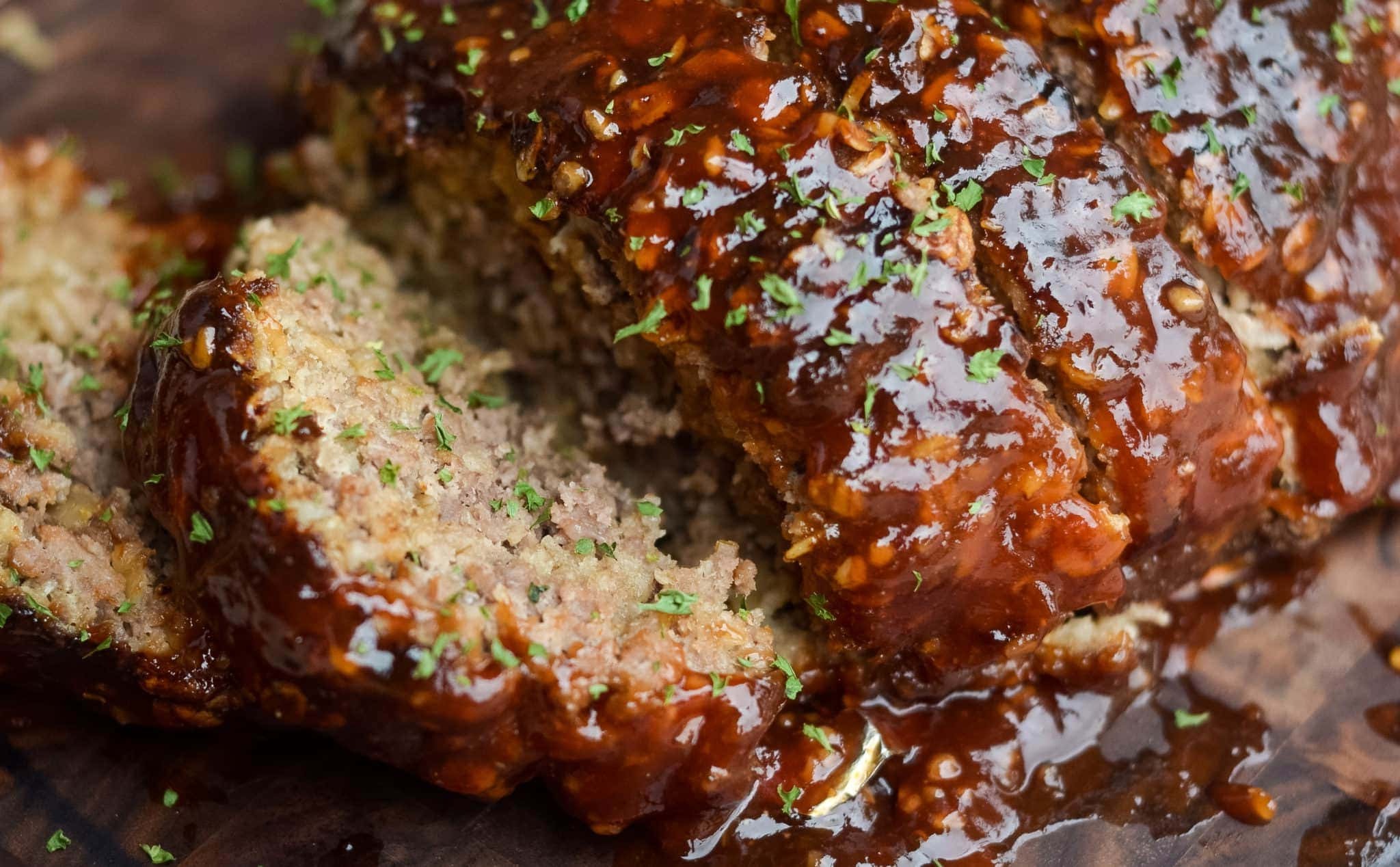

0 thoughts on “How to Make Hard Boiled Eggs”